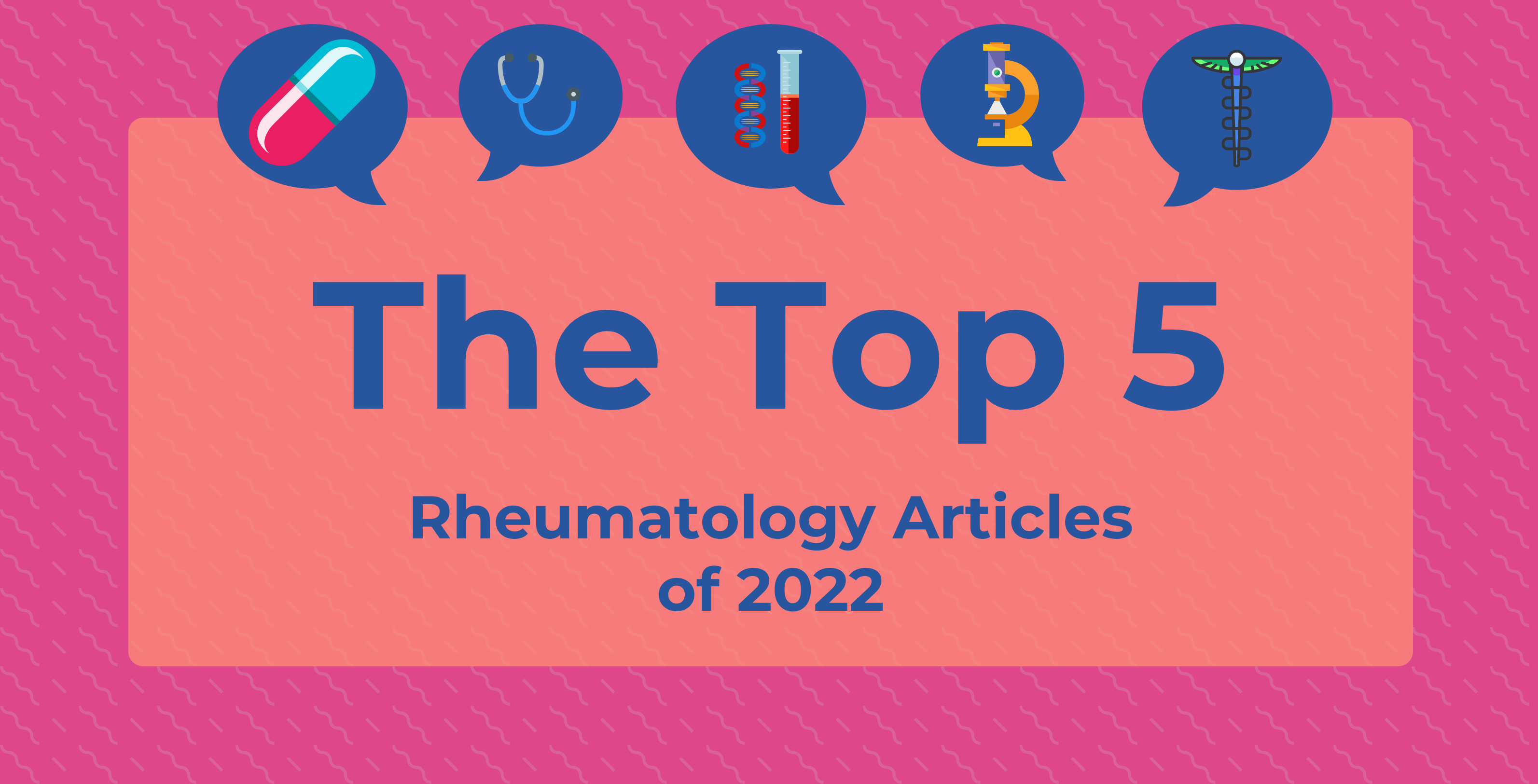Article
Clinical Trials Link Systemic Inflammatory Disorders to Cardiovascular Disease Risk
Author(s):
The review found an association between systemic inflammatory disorders and increased risk of cardiovascular disease, encouraging discussions with patients regarding statin therapy.
Clinical trials are being conducted to test whether disease-specific anti-inflammatory therapies will reduce cardiovascular risk, according to a review published in Current Opinion in Cardiology.
Patients with chronic inflammatory disease have an increased CVD risk. The review analyzed evidence of cardiovascular disease (CVD) prevention in psoriasis, rheumatoid arthritis (RA), and systemic lupus erythematosus (SLE), all of which are common systemic inflammatory disorders (SIDs). At least 2% of people in the United States have 1 of these 3 SIDs.
The review found an association between SIDs and increased CVD risk and encouraged discussions between patients and professionals regarding statin therapy.
“Further risk discussion with the patient about initiation of statin therapy is now recommended when individuals in a borderline or intermediate risk category, i.e. atherosclerotic cardiovascular disease (ASCVD) risk score that ranges from 5% to 20%, have evidence of a risk enhancer,” they said.
However, they also mentioned the approach may fail to capture the at-risk younger patient population, as age is a dominant component of the ASCVD risk score. One study included in the review studied patients who experienced a first myocardial infarction at age 50 years or younger and found that only 53 out of 2097 participants had evidence of SID. Those with SID were more likely to be female and have hypertension.
The review authors added that it is still unclear whether all patients with SID would benefit from statin therapy. While a study in the review showed a reduced risk of cardiovascular events, the association was not significant enough to support guidelines for universal statin treatment in RA.
“The role of primary prevention statin treatment is still not firmly established in patients with SID and leads to significant underuse of statins even in patients who fulfill general population thresholds for statin treatment,” the authors said. “There may also be a concern of statin-induced myositis or intolerance given the involvement of myositis in different systemic inflammatory diseases.
For now, they suggested that if benefits outweigh the risks, statin therapy should be used on a case-by-case basis until there is further guidance.
“Until we have large prospective studies in patients with SID, it is reasonable to consider patients with SID as moderate or high-risk patients and apply appropriative preventive measures, including lipid- lowering therapies, blood pressure control, tobacco cessation, physical activity, and dietary modifications,” they said.
The authors also cited a need for an integrated multidisciplinary approach with “aggressive” modification and treatment of cardiometabolic risk factors, as well as better disease-specific tools.
“Lastly, as our understanding of the precise immune perturbation and immunopathology improve and the role of more targeted therapy for each individual disease evolves, it will be important to explore the mechanistic relationship between specific immune pathways and cardiovascular risk within each disease,” the authors concluded. “Ultimately, we may even be able to apply this knowledge to the general population as we begin to disentangle the complex relationship between inflammation and atherosclerosis.”
The studies included in the review are still ongoing.
Reference
Weber B, Liao KP, DiCarli M, Blankstein R. Cardiovascular disease prevention in individuals with underlying chronic inflammatory disease. Curr Opin Cardiol. Published online September 1, 2021. doi: 10.1097/HCO.0000000000000877




